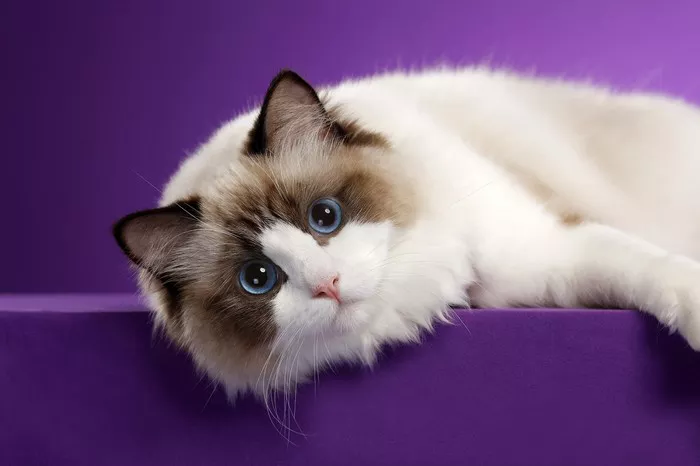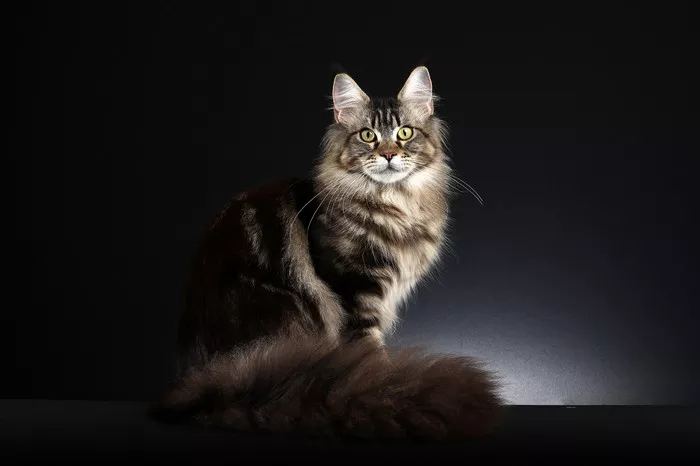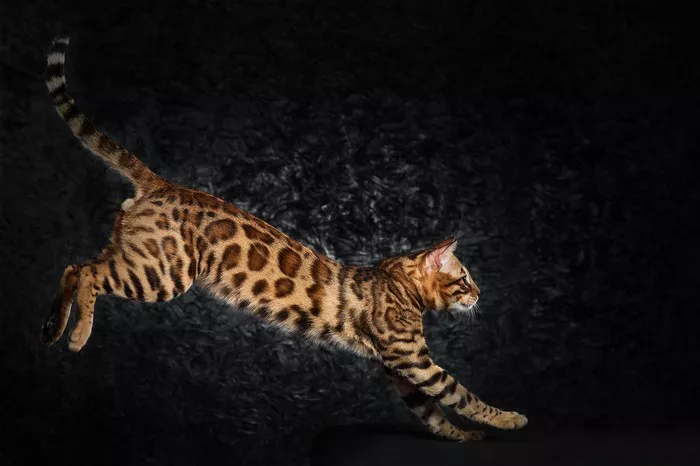When it comes to ensuring the health and happiness of your beloved Ragdoll cat, providing the right nutrition is paramount. These gentle and affectionate feline companions deserve a diet that meets their specific needs, allowing them to thrive and enjoy life to the fullest. In this comprehensive guide, we’ll delve into the various aspects of feeding your Ragdoll cat, offering expert advice and practical tips to help you make informed decisions.
1. Understanding Ragdoll Cat Nutritional Requirements
Before embarking on the journey of choosing the ideal diet for your Ragdoll cat, it’s essential to understand their nutritional requirements. Ragdoll cats are known for their large size and semi-long fur, which means their dietary needs can differ from those of other breeds. Their diet should provide them with the necessary nutrients to support their growth, maintain a healthy weight, and ensure the lustrous condition of their coat.
Protein-Rich Diet: Ragdoll cats require a diet rich in high-quality protein sources. Look for cat foods that list meat, poultry, or fish as the primary ingredient. Protein is essential for muscle development and overall vitality.
Essential Fatty Acids: Omega-3 and Omega-6 fatty acids play a crucial role in maintaining the health of Ragdoll cats’ skin and coat. Fish oil and flaxseed are excellent sources of these fatty acids.
Vitamins and Minerals: Ensure the cat food you choose contains essential vitamins (such as A, D, and E) and minerals (like calcium and phosphorus) to support bone health and immune function.
2. Commercial Cat Food vs. Homemade Diets
When considering your Ragdoll cat’s diet, you have the option of choosing between commercial cat food and homemade diets. Both options have their merits, and it’s essential to weigh the pros and cons to make the best choice for your furry friend.
Commercial Cat Food:
Convenience: Commercial cat food offers a convenient solution, as it’s readily available and formulated to meet the nutritional needs of different life stages.
Balanced Nutrition: Reputable cat food brands undergo rigorous testing to ensure their products provide a balanced and complete diet for cats.
Variety: There’s a wide range of commercial cat foods, including dry kibble, wet canned food, and specialized diets for specific health conditions.
Homemade Diets:
Customization: Homemade diets allow you to have control over the ingredients and quality of the food you provide.
Potential Challenges: Creating a nutritionally balanced homemade diet requires meticulous planning to avoid deficiencies or excesses of certain nutrients.
Consultation: If considering a homemade diet, consult with a veterinarian or animal nutritionist to develop a well-balanced recipe.
3. Introducing New Foods and Managing Special Diets
Ragdoll cats, like all felines, can be finicky eaters at times. When introducing new foods or managing special dietary needs, it’s crucial to do so gradually and with careful consideration.
Transitioning to New Food:
Gradual Transition: When introducing a new cat food, mix it with the old food over a period of several days to allow your cat’s digestive system to adjust.
Managing Allergies or Sensitivities:
Consult a Vet: If your Ragdoll cat exhibits signs of food allergies or sensitivities, such as skin issues or gastrointestinal problems, consult a veterinarian for guidance.
Limited Ingredient Diets: Limited ingredient cat foods can help identify and eliminate potential allergens from your cat’s diet.
Senior Cat Nutrition:
Adjusting for Age: As your Ragdoll cat ages, their nutritional needs may change. Consult your vet to adjust their diet to support their changing health requirements.
4. Hydration and Feeding Schedule
Proper hydration is essential for maintaining your Ragdoll cat’s overall health. Additionally, establishing a consistent feeding schedule can help regulate their digestive system and promote healthy eating habits.
Fresh Water: Always provide clean, fresh water for your cat. Hydration is vital for kidney function and overall well-being.
Feeding Schedule:
Regular Meals: Divide your cat’s daily food portion into several small meals to encourage healthy eating habits.
Avoid Overfeeding: Ragdoll cats can be prone to obesity, so be mindful of portion sizes and calorie intake.
5. Monitoring Your Cat’s Health and Consulting Professionals
While this guide offers valuable insights into feeding your Ragdoll cat, it’s essential to remember that every cat is unique. Regular veterinary check-ups and consultations with professionals, such as veterinarians and animal nutritionists, are crucial to ensuring your cat’s optimal health.
Regular Check-ups: Schedule regular visits to the veterinarian to monitor your cat’s weight, dental health, and overall condition.
Professional Guidance: If you’re unsure about the best diet for your Ragdoll cat, seek advice from experts who specialize in animal nutrition.
See Also: What to Know About Ragdoll Cats: A Comprehensive Guide
In conclusion, providing your Ragdoll cat with a nutritious and balanced diet is an investment in their long-term health and happiness. By understanding their specific nutritional needs, considering the pros and cons of different diets, and consulting professionals, you can ensure that your beloved feline companion enjoys a vibrant and fulfilling life.
Remember, your Ragdoll cat’s well-being is a top priority, and with the right nutrition, you’re giving them the best possible start for a lifetime of joy and companionship.


























